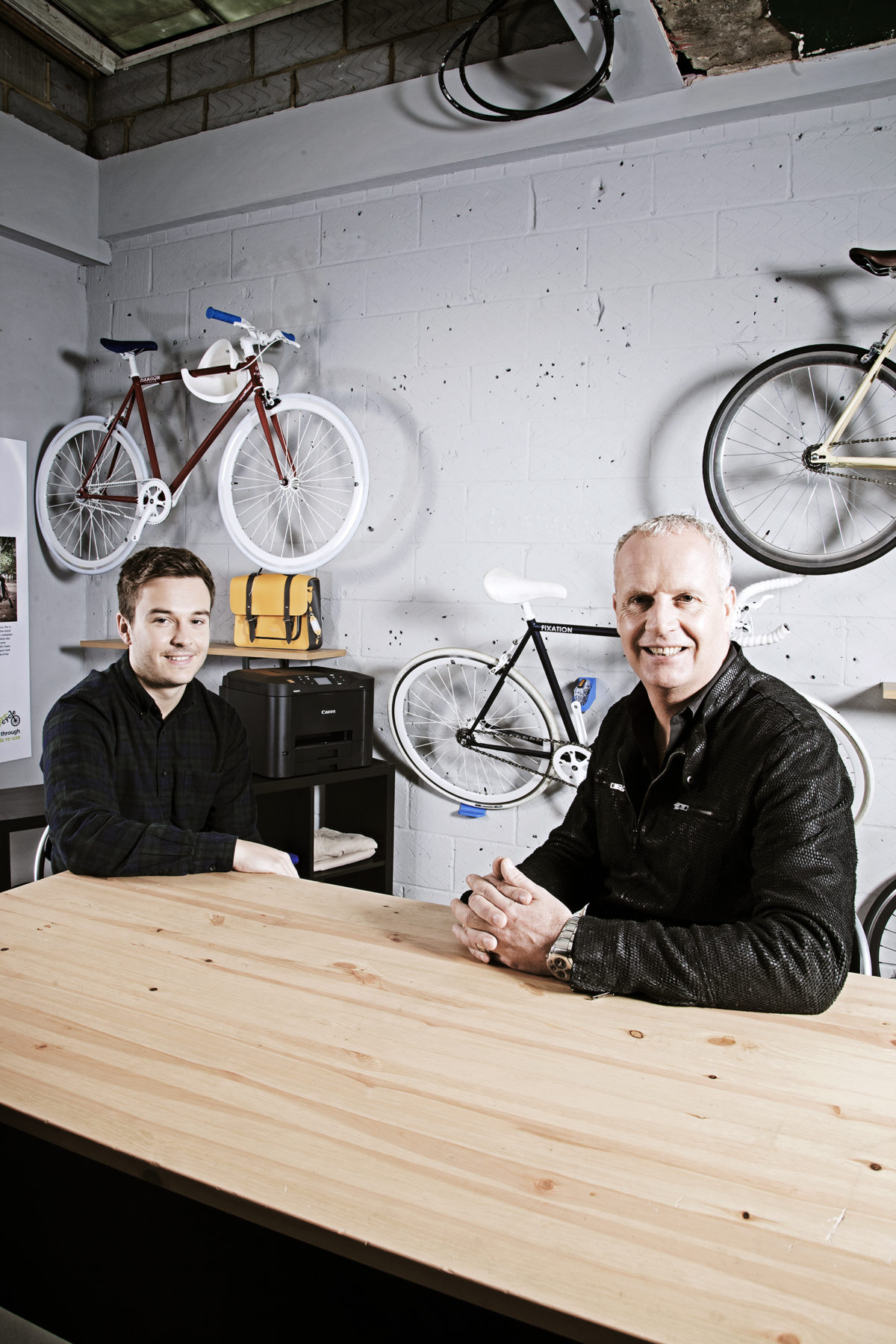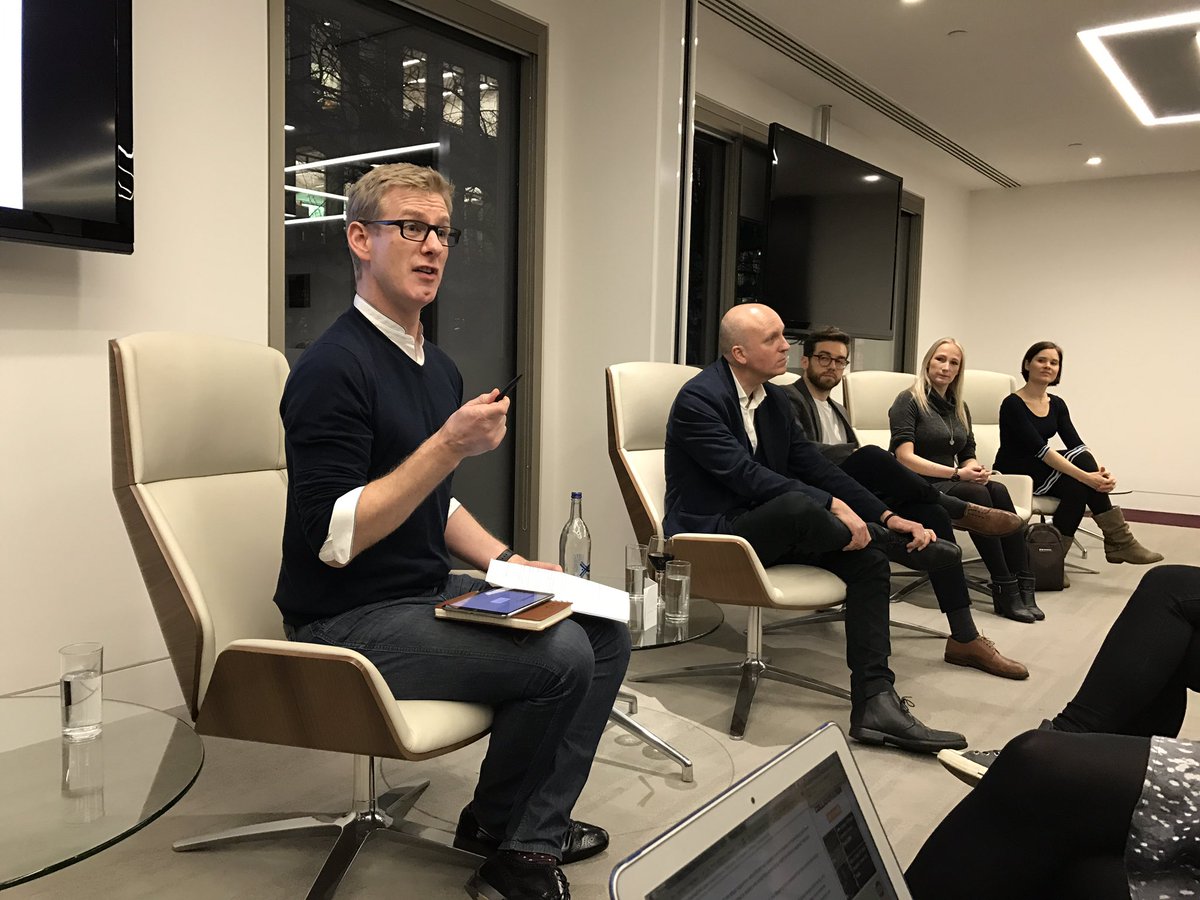Rachael from our Design team writes about how the simplest things can help you relax the most.
There is no denying that we live in a fast-paced world. The pressures of life are sometimes quite overwhelming.
Maybe you have witnessed (or even participated?) in one of the latest growing trends – adult colouring. I started to wonder how impactful the art of colouring could be on someone’s life. I want to understand why colouring is gaining popularity among adults.
Generally, we see colouring as an activity for children. It’s a good excuse for a bit of ‘quiet time’. Not only as an educational exercise but also as a chance for children to experience creativity. However, colouring has therapeutic properties and adults have been using it to relax. Colouring offers a way to step back from some of life’s difficulties.
But, is relaxation the only driving point? Does the art of colouring demonstrate the yearning we have for a worry and stress-free life we once had as a child? To participate in children’s activities definitely sounds appealing. Sandcastles, colouring books and crayons, Lego? Yes, please! Albert Einstein even once said ‘Play is the highest form of research.’
Art is known for its ‘healing powers’. Research shows that art has a positive impact on patients, with both physical and mental conditions, because it relaxes people. As a recognised form of therapy, it aids self-expression for those who struggle to put their thoughts into words.
For some, art comes more naturally. As an individual who has studied Fine Art, and works as a designer for Nelson Bostock Unlimited, it’s safe to say I am engaged with my creativity. And although I work in a creative industry, I wouldn’t commit to saying I have a relaxing job, but I do feel privileged to say I am engrossed with what comes naturally to me on a daily basis. The positive, and maybe most appealing, factor to some is that “adult colouring provides an artistic venture without the need for creative flare”.
So next time the pressures of an adult life seems a little too much, try returning to your roots with some colouring.
It isn’t child’s play after all.













